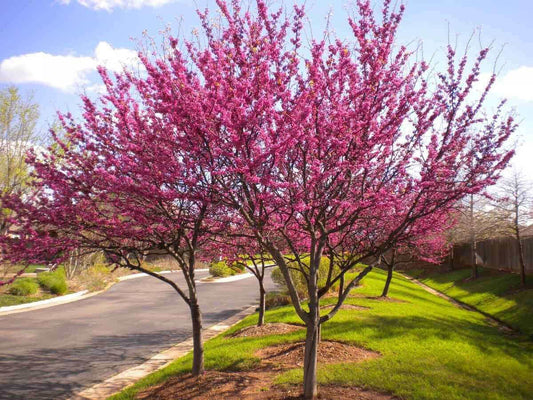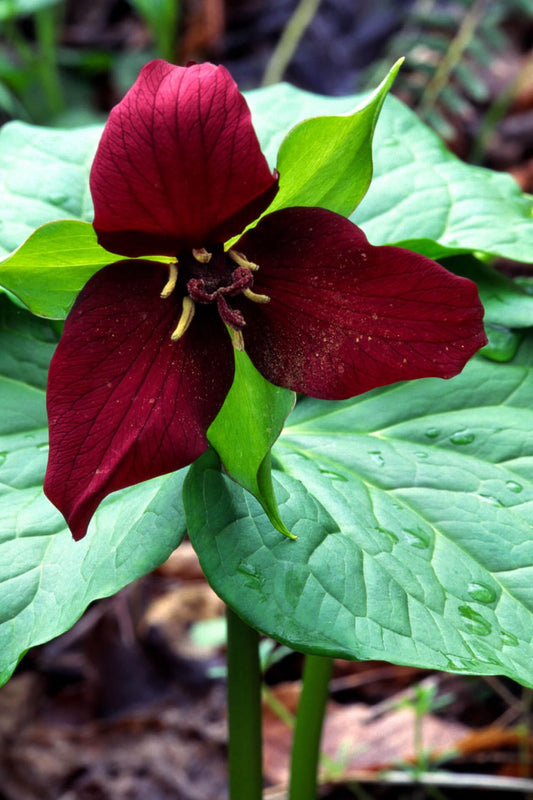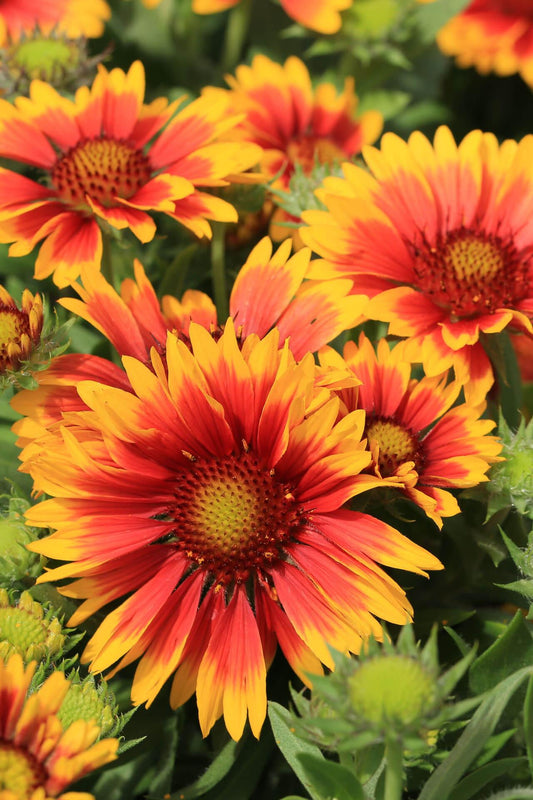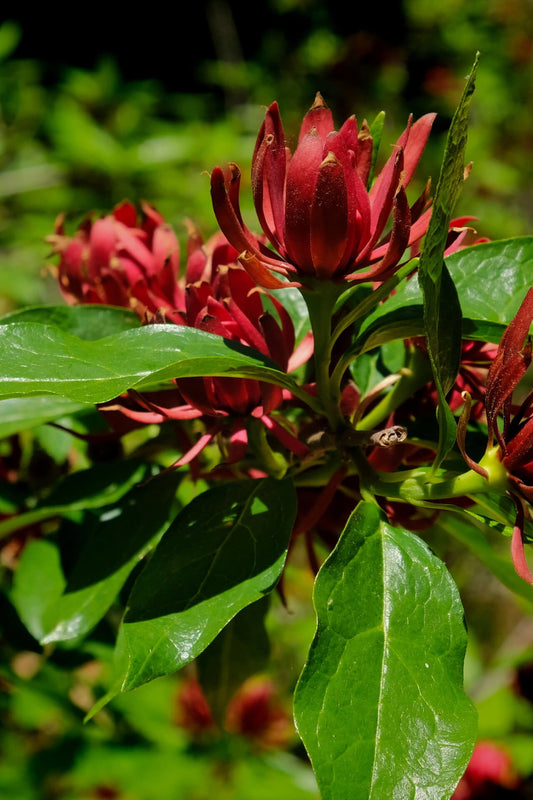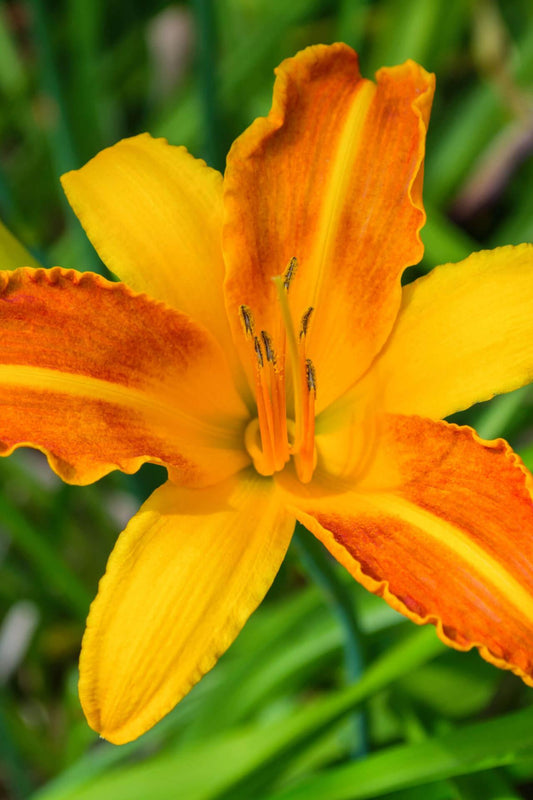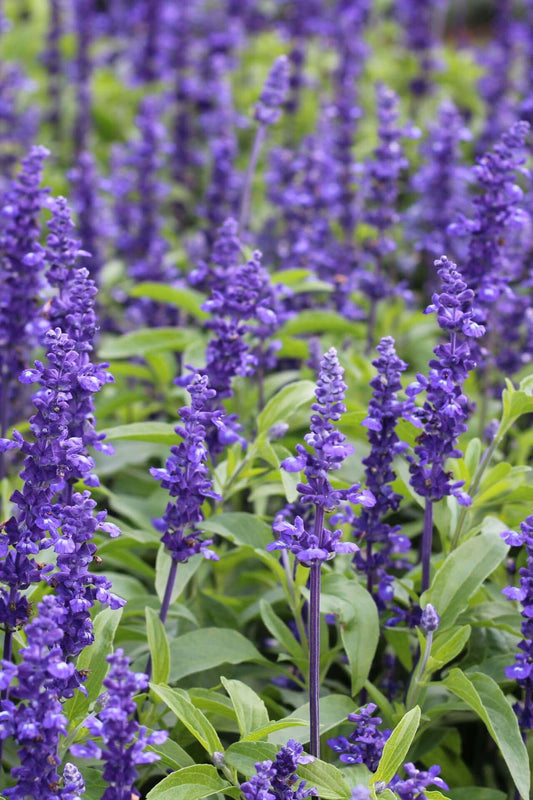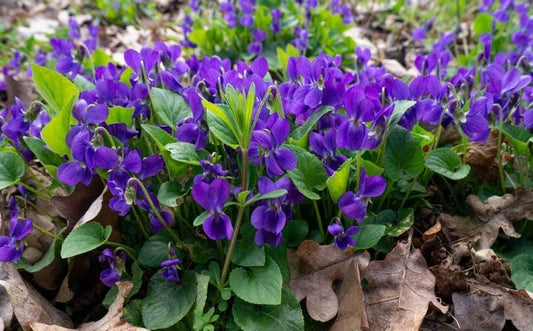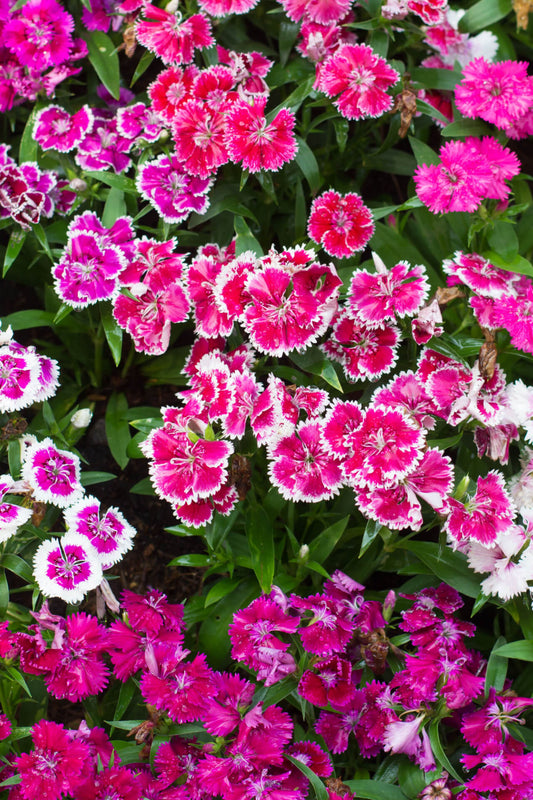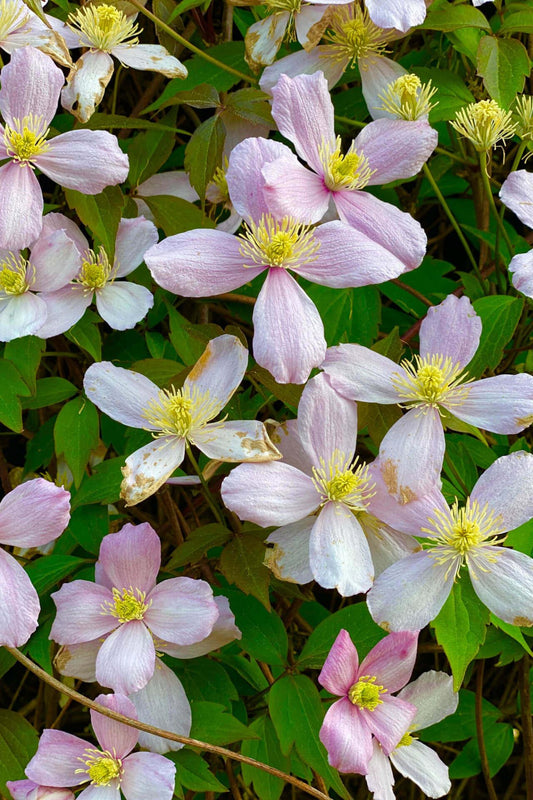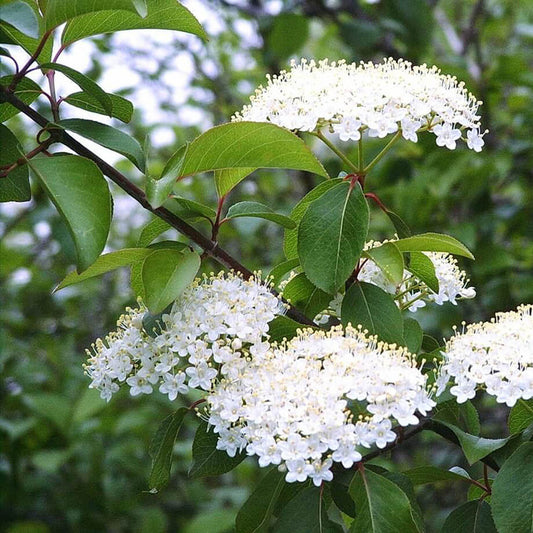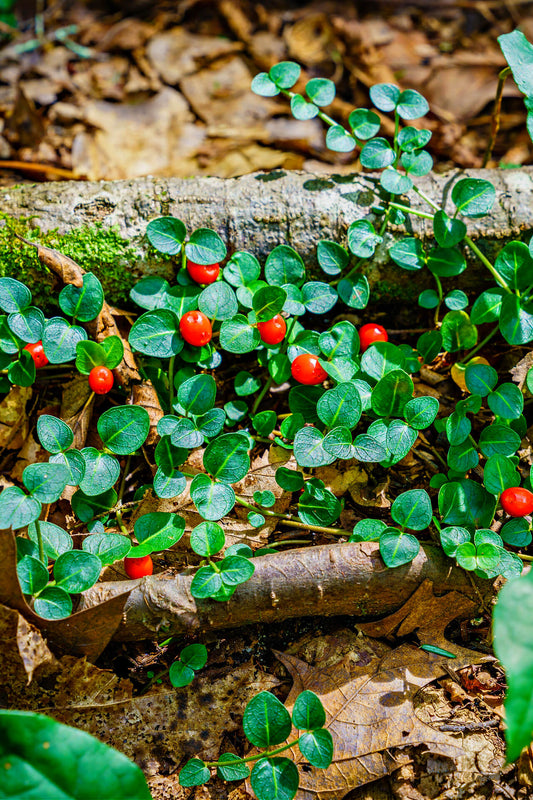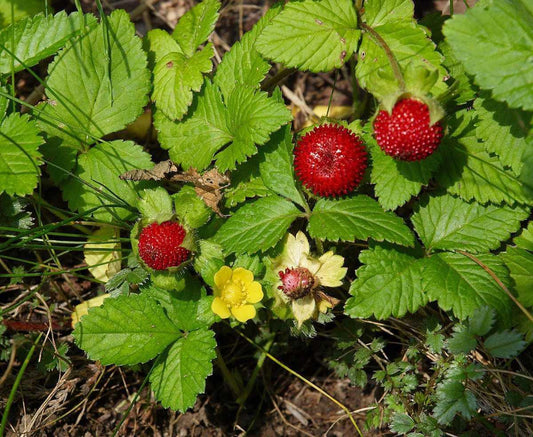Detailed Description
Discover the best pollinator plants at TN Nursery. We proudly offer low prices on our selection, as we provide our grower-direct. With more than three generations and 64 years of serving gardeners nationwide, you can count on our services. They are 100% guaranteed for up to a year.
Why Your Garden Needs Pollinator Plants
Pollination is part of its life cycle. Butterflies, bees, and hummingbirds visit them and take pollen from the anthers. With the pollen in tow, the insect or ...
Discover the best pollinator plants at TN Nursery. We proudly offer low prices on our selection, as we provide our grower-direct. With more than three generations and 64 years of serving gardeners nationwide, you can count on our services. They are 100% guaranteed for up to a year.
Why Your Garden Needs Pollinator Plants
Pollination is part of its life cycle. Butterflies, bees, and hummingbirds visit them and take pollen from the anthers. With the pollen in tow, the insect or bird deposits it into another flower’s stigma. Since the anthers are male flower parts and the stigma female parts, the flower will begin producing seeds and fruit after fertilization.
Growing pollinating plants is also useful for lending your garden beautiful pops of color and alluring fragrances. You can carve out a dedicated nook for relaxation, the perfect place to sit and watch the wildlife on a weekend or enjoy a book with the spring breezes in your hair.
TN Nursery Has a Great Variety of Pollinator Plants
Discover the excitement of pollinating with TN Nursery. Perhaps you add lobelia to your garden to attract more insects. TN Nursery runs a deal where you can get 10 lobelia in one package hand-selected by our expert horticulturists. They are a cool, beautiful blue, and are a stunning, fiery red.
You can also browse TN Nursery’s assorted daylillies collection to get everything you need to start your own flower garden. The pack includes 15 assorted daylillies, with five in striking buttery yellow, five in gorgeous sunset orange, and five in delicate, passionate red. Our colorful wildflowers are some of the most beautiful around. When you shop at TN Nursery, your pack will include 25 flowers chosen for your specific zone Wildflowers are low-maintenance, as they’re moderately drought-tolerant. They’re also valuable for controlling backyard soil erosion. With so many appealing pollinators to select from, your garden will be rife with biodiversity.
Beautify Your Yard with Pollinator Plants
Dive into the wild world of pollinators to ensure your yard will grow lush and beautiful. Bring in more bees and monarch butterflies with TN Nursery’s affordable, elegant selection of pollinator-attractant plants. The sheer variety available, combined with our affordable pricing and fast shipping, make ours a top choice for gardeners looking to add more to their yards for less.

